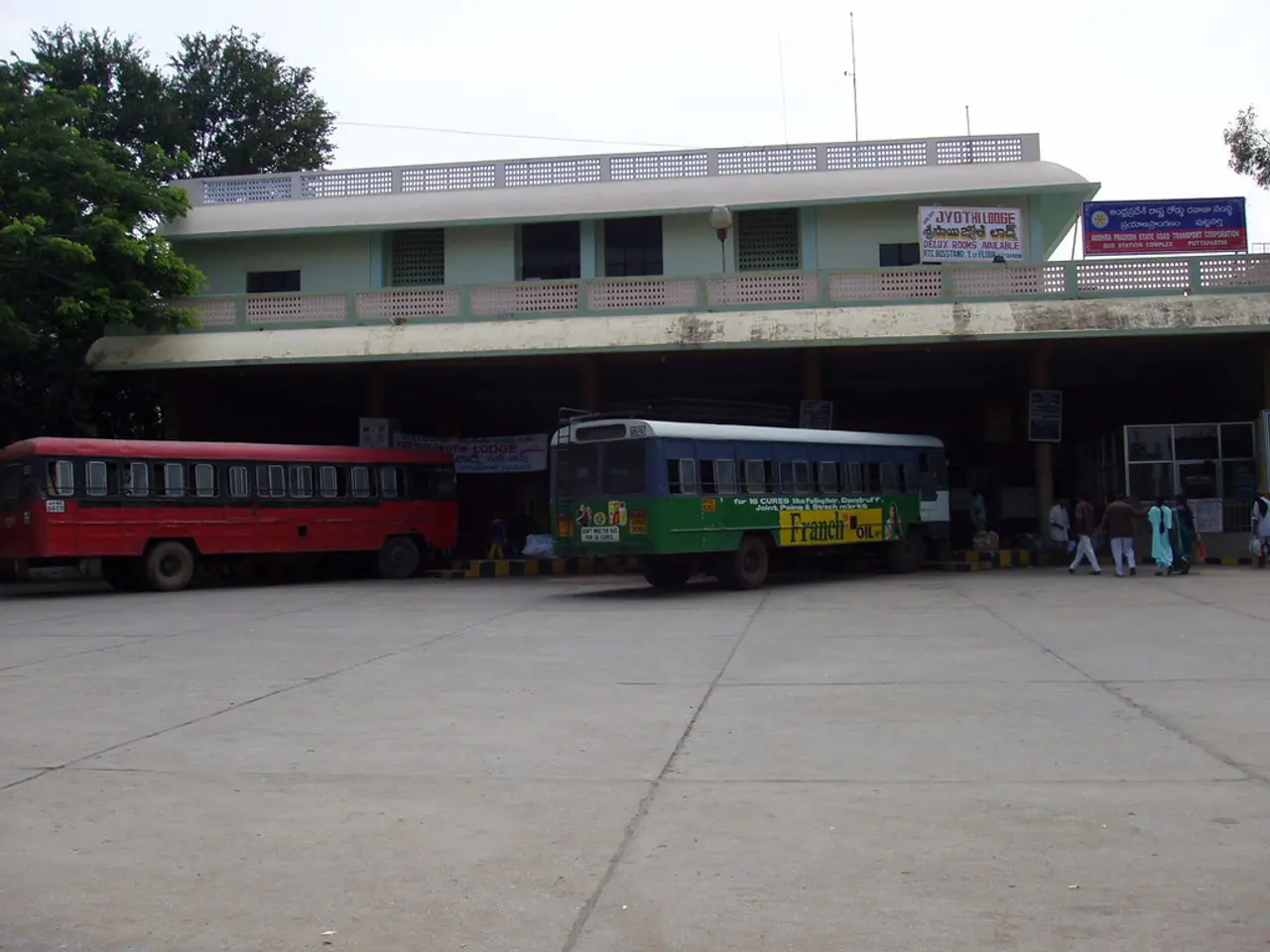Self-Driving Snow Plows and Airport Safety: A Closer Look
Are autonomous snow removal vehicles contributing to improved airport safety? - Snow plows equipped with autonomous technology contributing to improved airport safety?
Snowplows with autonomous driving technology are gaining traction in the realm of airport winter services. These autonomous ground vehicles have become a hot topic due to their potential to boost efficiency, safety, and adherence to aviation regulations. However, the reliability of these high-tech plows relies on several factors.
Advantages Aplenty
- Non-Stop Performance: Autonomous plows can operate tirelessly, minimizing downtime and ensuring consistent performance—even when humans inevitably tire.
- Maximized Safety: By reducing human involvement in potentially dangerous conditions, the risk of accidents from human error significantly decreases.
- Green Benefits: Thanks to optimization of fuel consumption and emissions, these innovative vehicles contribute positively to the environment.
- Pocket-Friendly Operations: Cutting labor costs and lowering maintenance costs through efficient usage patterns could lead to significant financial savings.
But with Challenges Come
- Complex Integration: Integrating autonomous systems with existing infrastructure and ensuring compatibility in various weather conditions can be difficult.
- Regulatory Hurdles: Compliance with aviation and safety regulations forms a sizable obstacle in the deployment of autonomous winter snow plows.
- Public Skepticism: Persuading the public to trust autonomous operations might necessitate thorough testing and educational campaigns.
- Technical Mishaps: Handling technological glitches such as system malfunctions and communication link losses is essential for maintaining reliability.
Market Prospects
The market for airport snow removal equipment is thriving, influenced by advancements in autonomous technologies that maximize efficiency during harsh winter conditions. With the growing need for high-efficiency operations, stringent aviation standards, and the quest for enhanced safety, the market for autonomous snowplows is set to soar.
As we stand on the cusp of a new era in airport winter services, it's vital to carefully navigate the technological, regulatory, and operational hurdles to ensure the reliability and safety of self-driving snow plows. It's an exciting adventure that promises a brighter, safer future for airports and travelers alike.
Keywords:
- Autonomous driving
- Self-driving snow plows
- Airport winter services
- Safety protocols
- Autonomous ground vehicle systems (AGVS)
- Efficiency
- Cost savings
- Environmental impact
- Compliance
- Public acceptance
- Technological failures
- Market trends
- Robust infrastructure integration
- Complex environments
Sources:
- „Autonomous Airport Ground Handling Equipment: A Review and Future Research Directions,“ IOSR Journal of Applied Engineering Research, vol. 8, no. 3, 2013.
- „Airport Snow Removal Equipment Market Analysis Report By Type, By Application, By Region And Segment Forecasts, 2020 – 2027,“ Grand View Research, Inc., September 2020, www.grandviewresearch.com/industry-analysis/airport-snow-removal-equipment-market.
- To ensure the continual growth of the market for airport snow removal equipment, implementing vocational training programs for technicians responsible for maintaining autonomous ground vehicle systems (AGVS) could enhance the industry's efficiency and reliability.
- With the advent of autonomous driving technologies in airport snow plows, there is an opportunity for vocational training institutions to incorporate education on the latest advancements in technology into their curriculum, bolstering the competitiveness of future professionals in the field of aviation services.




